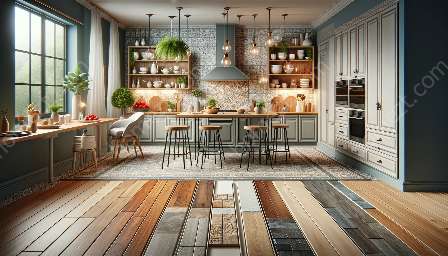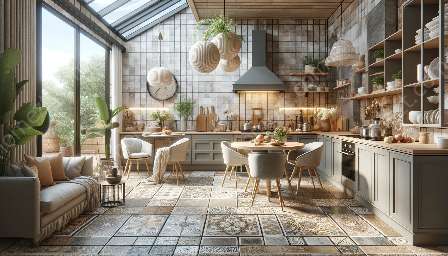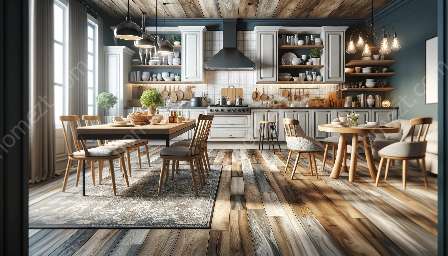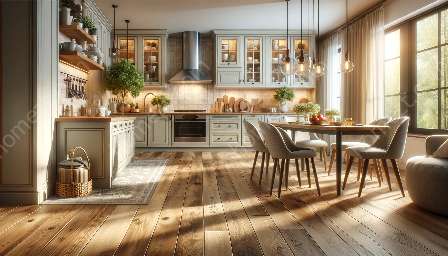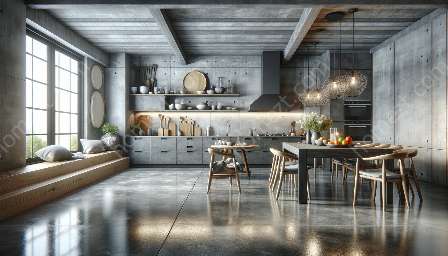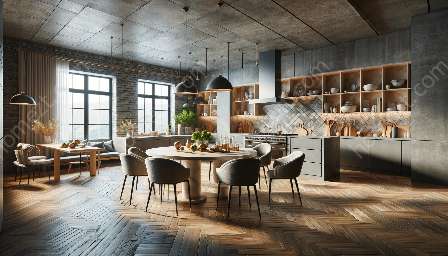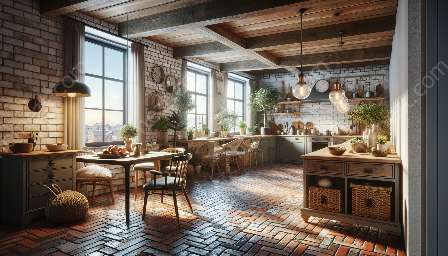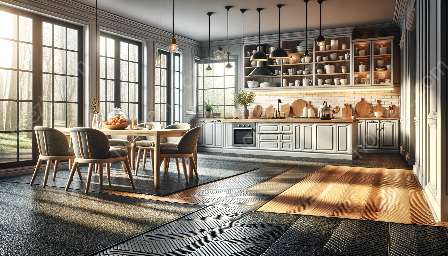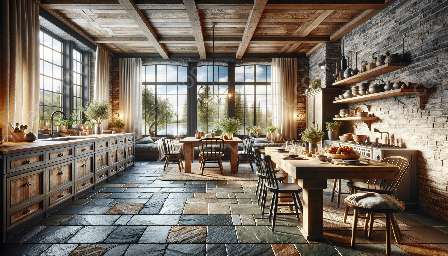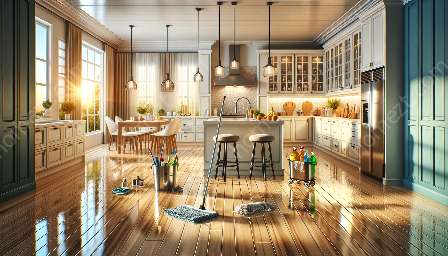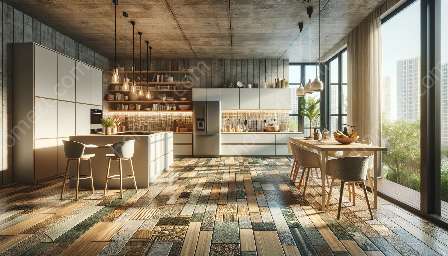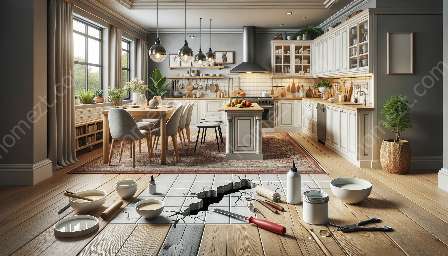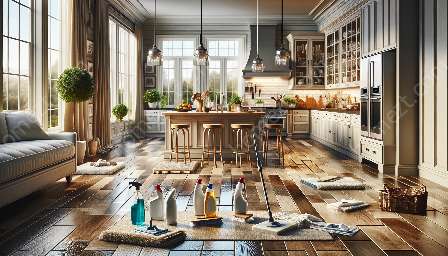The kitchen is the heart of the home, but it can also be a potential hazard zone if the flooring is not chosen carefully. From spills to slips, the kitchen flooring needs to offer both safety and style. In this comprehensive guide, we will discuss the safety considerations for kitchen flooring, including materials, textures, and maintenance tips for a secure and stylish kitchen environment.
Choosing the Right Materials
When it comes to safety in the kitchen, the choice of flooring material is crucial. There are various options available, each with its own set of pros and cons in terms of safety.
1. Porcelain or Ceramic Tiles
Porcelain or ceramic tiles are popular choices for kitchen flooring due to their durability and resistance to water and stains. Additionally, they offer a smooth surface, making it easier to clean up spills and maintain a safe environment. It's important to choose tiles with a textured finish to prevent slipping, especially when the floor is wet. Look for tiles with a high slip resistance rating for added safety.
2. Vinyl
Vinyl flooring is a budget-friendly option that provides excellent traction and is comfortable to stand on for long periods. It comes in a variety of textures and patterns, including slip-resistant options designed specifically for kitchens. Prioritize vinyl flooring with a slip-resistance rating suitable for kitchen use.
3. Natural Stone
Natural stone, such as slate or granite, can add a touch of luxury to the kitchen while also offering durability and slip resistance. However, natural stone can be porous and may require regular sealing to maintain its safety features. It's essential to choose a textured finish to reduce the risk of slipping.
Texture and Slip Resistance
Regardless of the material chosen, the texture and slip resistance of the flooring are key factors in ensuring kitchen safety. Textured surfaces, such as matte finishes or non-slip coatings, can provide additional grip and reduce the risk of accidents. It's advisable to select flooring with a high coefficient of friction to minimize the potential for slips and falls, especially in areas prone to moisture and spills.
Maintenance and Cleaning
Keeping the kitchen floor clean and well-maintained is essential for safety. Regular cleaning routines, using appropriate cleaning agents, will not only maintain the aesthetic appeal of the flooring but also ensure its safety features are not compromised. Avoid using wax or polish on flooring as they can create slippery surfaces. Instead, opt for cleaning products recommended by the flooring manufacturer to retain the slip-resistant properties.
Conclusion
By considering the materials, textures, and maintenance aspects of kitchen flooring, you can create a safe and stylish kitchen environment. Prioritizing slip-resistant materials, textured finishes, and regular maintenance will contribute to a secure and appealing kitchen space for cooking, dining, and everyday activities.

